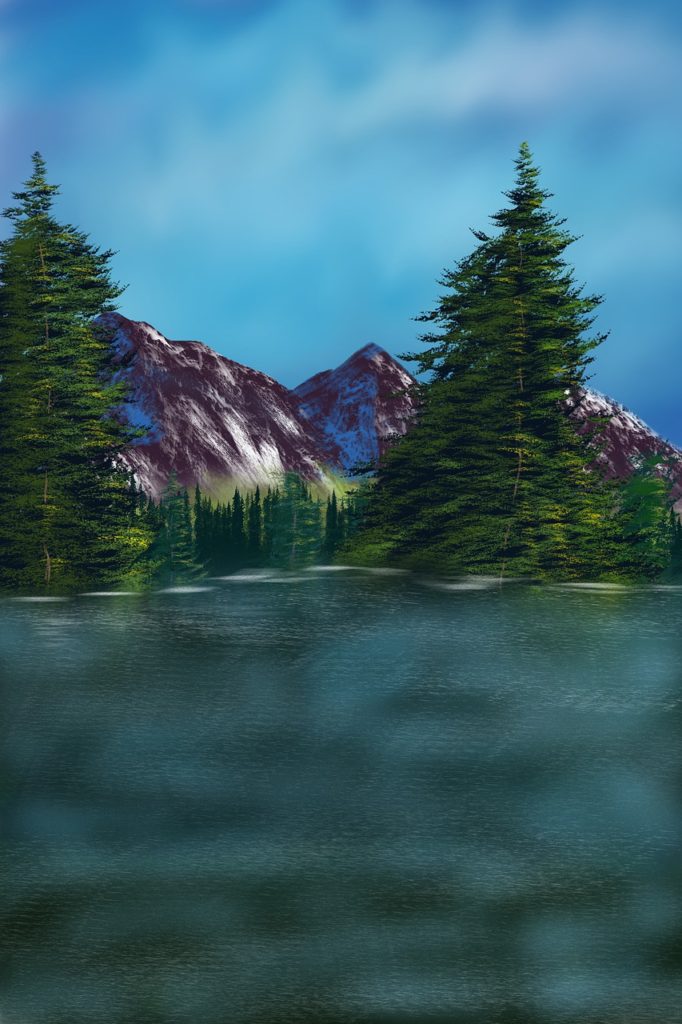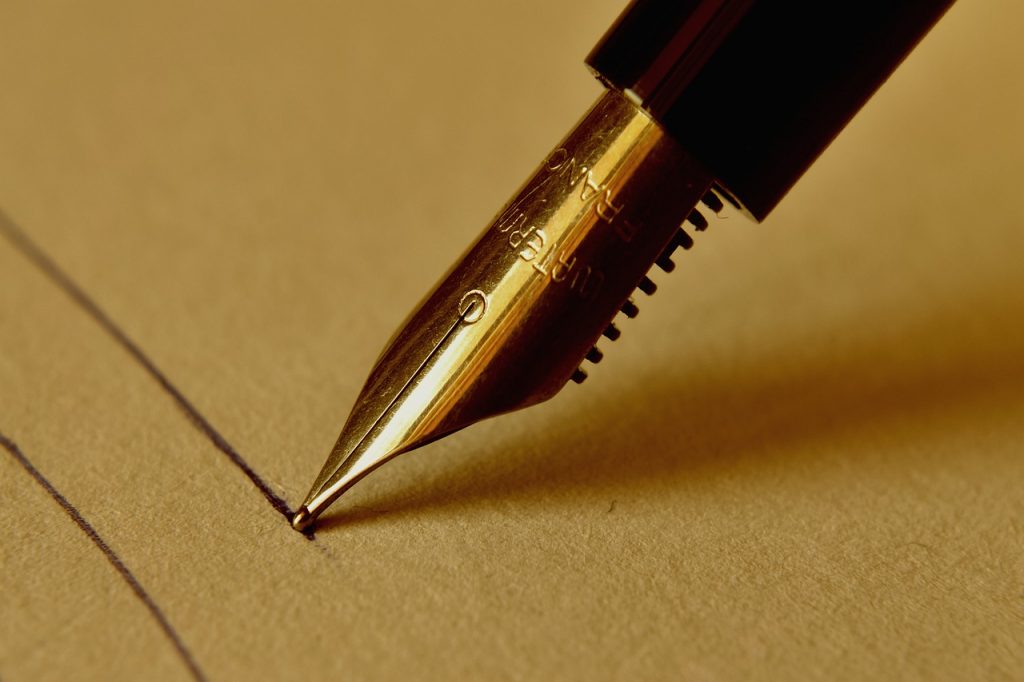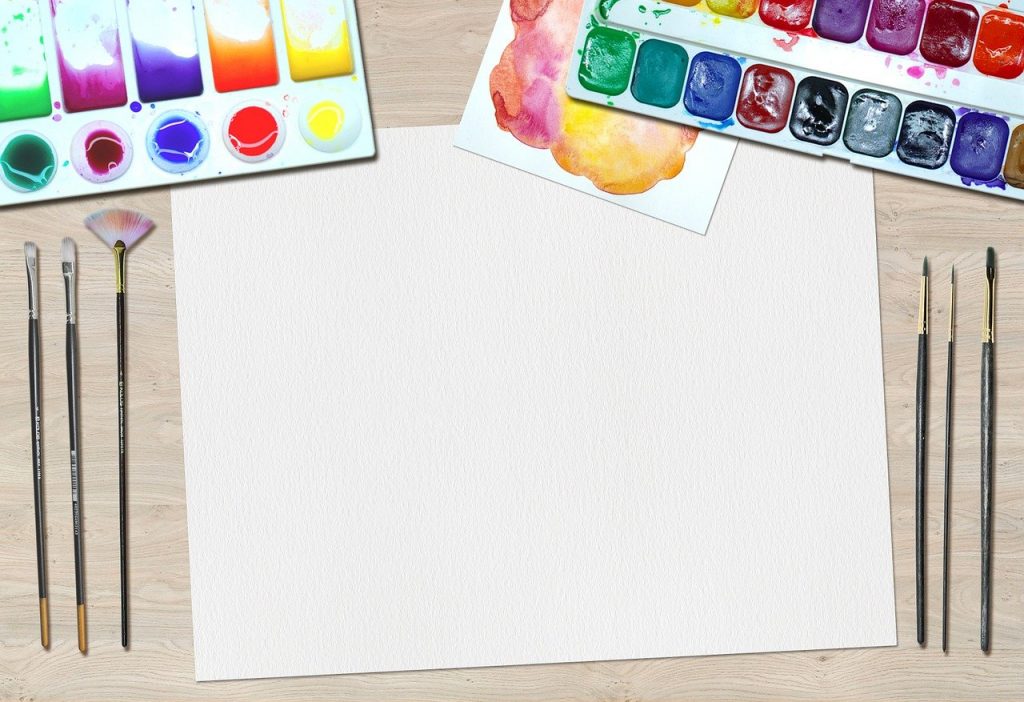Paintings in Himachal Pradesh and Jammu and Kashmir are known as Pahari paintings, and they are primarily composed in miniature form. Pahari paintings can be classified into two categories. Basoli and Kulu style bears influences of the Chaurpanchasika style and Guler and Kangra style is characterised by the use of cooler colours and is a refined style of painting. Among the different schools of Pahari paintings, the Kangra school was the most popular.
The family ties between the Pahari kings and the royals of Rajasthan led to the Pahari style being greatly influenced by the Rajput paintings. Art of Gujarat and Deccan has also influenced the Pahari style of paintings. Love and devotion are often depicted in these paintings and epics and puranas are the subjects of the paintings. Pahari paintings are of the following types:
Basohli
The Rasamanjari text and the Supreme Goddess are the subjects of these paintings. Geometrical patterns, and bright and glossy colours are the main features of this painting style.
Jasrota
In this painting style of Jammu and Kashmir, court scenes, lives of kings, and allegorical scenes are the subjects.
Mandi
In this style of painting, kings are depicted as being large and having huge hands, feet and heads. Geometric patterns and nature are also portrayed in these paintings.
Mankot
This painting style is similar to Basohli and is characterised by bold subjects and bright colours. When in the 17th century, portraitures came to be used as a theme, naturalism and lighter colours began to be included in these paintings.
Bilaspur
Bhagavata Purana, Ramayana and Rangamala series are the subjects of these paintings and artwork is created on rumal (coverlets) for ceremonies and rituals.
Chamba
This style of painting has influences of the Mughal, Gujarat and Deccan styles of painting. Chamba paintings are highly similar to Basohli paintings and this style has led to the emergence of the Guler tradition. The Chamba painting style is known for the technique of mixing colours in a way to magnify the visual effect.
Garhwal
Originating in Himachal, this painting style initially bore influences of the Mughal style and later were influenced by the Kangra traditions.
Guler Kangra
This painting style developed around 1800, in which the eyes and faces were portrayed in a very different way and the beauty of Indian women was depicted with great finesse. Landscapes were another commonly used subject in this style of painting.
Jammu
These paintings are mainly from the 18th and early 19th century and are very similar to the Kangra style of paintings.
Kulu
Portrayal of Shangri Ramayana and pictures of Kulu rulers were once believed to be of the Kulu style of painting but recent research claims that these works were created in Jammu, not Kulu. Bhagavata Purana and Madhumalati manuscripts are the important works of the Kulu style of painting.
Nurpur
Initially, bright colours and flat backgrounds characterized this painting style, but later, muted colours came to be used in these works.
Kashmiri paintings can be seen on the walls of temples in the region. One of the oldest examples of Kashmiri traditional painting is from Gilgit and is as old as the 8th century. Paintings of Boddhisatva Padmini in Gilgit is an example of the blend of the Gupta and Gandharan styles with the local elements. Buddhist temples in Ladakh and Tiber have also preserved some of the oldest Kashmiri paintings. Wall paintings of Mang-nang and manuscript painting of Thaling in Western Tibet are widely believed to have been created by painters from Kashmir. With the advent of Islam rule, many paintings and sculptures in Jammu and Kashmir were destroyed and so were many works of art and architecture.
Nevertheless, preserved by some ancient buildings, mostly temples in Kashmir, the Kashmiri art of painting found its way to the recent times and continues to serve as an inspiration for modern artists. The Kashmiri painters today, create artworks spanning a wide range of subjects. While some depict the scenic beauty of the region, others prefer to portray the socio-political scenario of J&K. Over the years, Kashmiri art has evolved but even modern-day paintings trace their roots to the traditional painting styles in Jammu and Kashmir, which along with other art forms of this region, enrich its cultural heritage.



